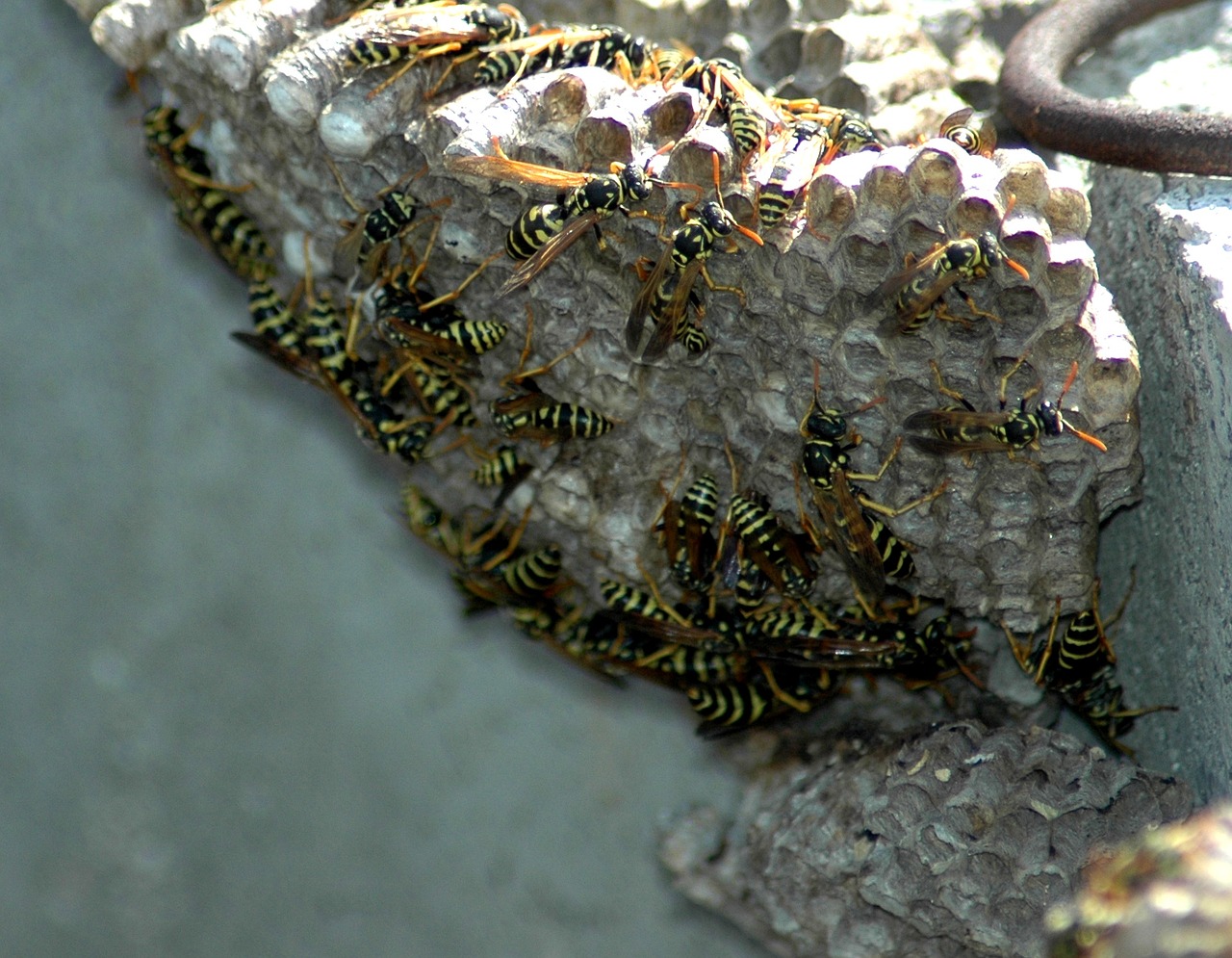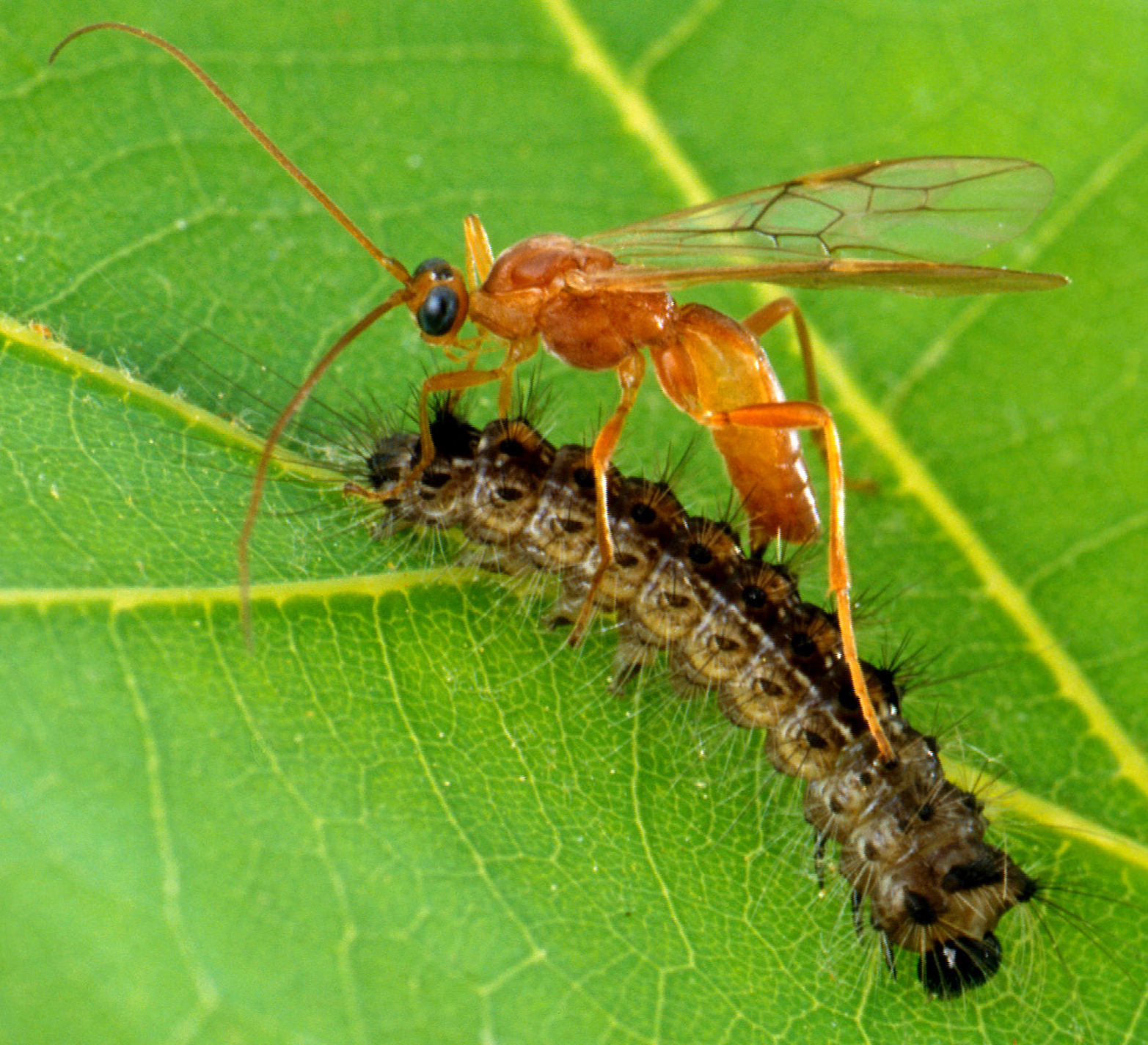By Sandra Nelson
Wasps, as a family, have gotten a bad rap over the years. They have been branded as destructive and aggressive, working together in mobs intent on harming every human within the reach of their seemingly enormous stingers.

While some wasps, especially social ones, are nuisance insects, a large number of wasps, the parasitic wasps, are solitary garden heroes, working hard to wipe out harmful pests.

Parasitic wasps are tiny, mostly stingless insects that live part of their lives on or inside the bodies of other insects. Most are less than an inch long, black or brown in color, have two pairs of wings and long antennae. Females have what appears to be an exceptionally long stinger. In reality, it is a tube (called an ovipositor) through which they deposit their eggs either on or inside a specific host prey. When the eggs hatch, the larvae begin eating the host, often from the inside out. Eventually the larvae pupate, either attached in silk like cocoons to the outside or inside the host.

After several moltings, the adults emerge to feed on nectar, pollen and insect honeydew and to mate. Most complete their life cycle within a range of a quarter of a mile.

Parasitic wasps, as a group, are effective in the control of a variety garden pests. Depending on the species, parasitic wasps control destructive insects such as aphids, beetle larvae, bagworms, cabbage worms, potato beetles, cutworms, gypsy moth caterpillars, Japanese beetles, scale, tomato hornworms and many others. To attract them to your landscape and then to keep them there, plant single blossomed flowers and flowering herbs. Among their favorites are alyssum, cosmos, zinnias, dill, fennel, lemon balm, thyme and yarrow. They need a shallow source of water and since some species overwinter, be sure and leave some fall garden litter available for their protection.
